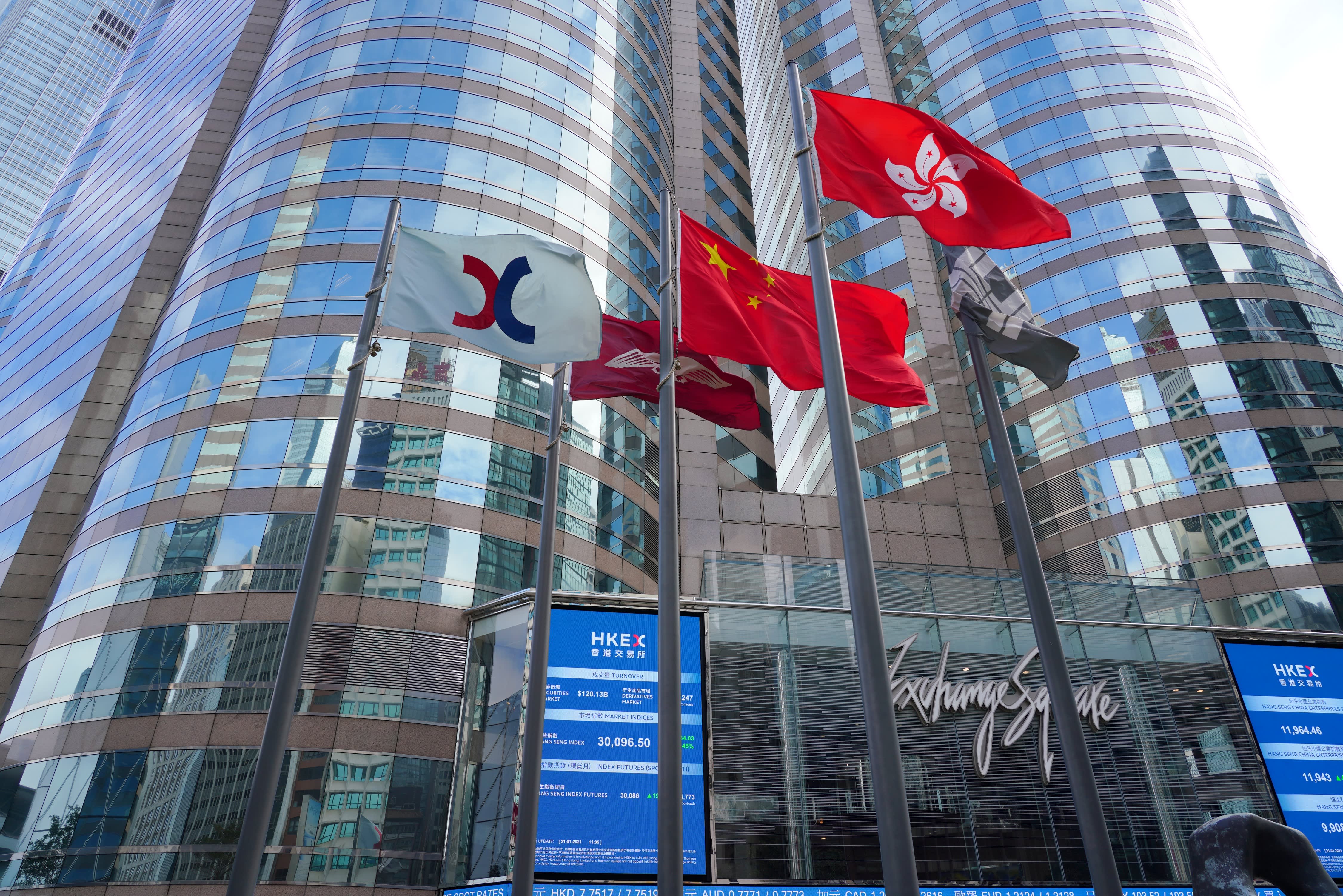
SINGAPORE — Shares in Asia-Pacific were mixed on Wednesday as investors watched for market reaction to the release of Chinese trade data. New Zealand also hiked its rate by 50 basis points, its biggest increase in more than 20 years.
Mainland China’s Shanghai composite slipped 0.82%, closing at 3,186.82 while the Shenzhen component dropped 1.601% to 11,568.17. Hong Kong’s Hang Seng index rose about 0.1%, as of its final hour of trading.
Data released Wednesday showed Chinese exports rising more than expected in March. China’s dollar-denominated exports grew 14.7% year-on-year in March, according to official customs data. That was above expectations for a 13% increase in a Reuters poll.
Chinese imports, on the other hand, saw a 0.1% year-on-year decrease in March. That was much lower than the 8% growth predicted in a Reuters poll.
Investors were also watching concerns around the mainland’s Covid situation.
Elsewhere, the Nikkei 225 in Japan jumped 1.93% on the day to 26,843.49 while the Topix index advanced 1.42% to 1,890.06.
US CPI inflation might have peaked this month, assuming there is no further escalation of the conflict in Ukraine and oil prices evolve in line with the future curve going forward.
Silvia Dall’Angelo
Senior Economist, Federated Hermes
South Korea’s Kospi rose 1.86%, closing at 2,716.49 while the S&P/ASX 200 in Australia edged 0.34% higher to finish the trading day at 7,479.
MSCI’s broadest index of Asia-Pacific stocks outside Japan gained around 0.6%.
New Zealand’s rate hike
The Reserve Bank of New Zealand on Wednesday announced its decision to raise the official cash rate by 50 basis points to 1.5%. The move represented the RBNZ’s fourth consecutive hike and its largest rate increase in more than 20 years, according to data from Factset.
“The Committee agreed it is appropriate to continue to tighten monetary conditions at pace to best maintain price stability and support maximum sustainable employment,” the central bank said in a release.
Following the decision, the New Zealand dollar initially strengthened but later fell back, last trading at $0.6788 against an earlier high of $0.6901.
U.S. inflation report
U.S. consumer prices rose 8.5% in March as compared with a year ago, the fastest annual gain since December 1981, according to official data released Tuesday. The consumer price index print was above the Dow Jones estimate for 8.4%.
The core consumer price index which excludes food and energy, however, showed signs it may be ebbing. It rose 0.3% for the month, lower than the 0.5% estimate.
The inflation report released Tuesday “validates expectations” for a 50 basis points rate hike by the U.S. Federal Reserve in May, Silvia Dall’Angelo, senior economist at Federated Hermes, wrote in a note.
“US CPI inflation might have peaked this month, assuming there is no further escalation of the conflict in Ukraine and oil prices evolve in line with the future curve going forward. However, there are still considerable external and domestic price pressures in the pipeline,” Dall’Angelo said.
Currencies and oil
The U.S. dollar index, which tracks the greenback against a basket of its peers, was at 100.502 as it continued to hold above the 100 level.
The Japanese yen traded at 126.18 per dollar, weaker than levels below 125.1 seen against the greenback earlier this week. The Australian dollar was at $0.7426 following an earlier high of $0.7475.
Oil prices were lower in the afternoon of Asia trading hours, with international benchmark Brent crude futures slipping 0.17% to $104.46 per barrel. U.S. crude futures declined 0.21% to $100.39 per barrel.
— CNBC’s Jeff Cox contributed to this report.
Source: CNBC
